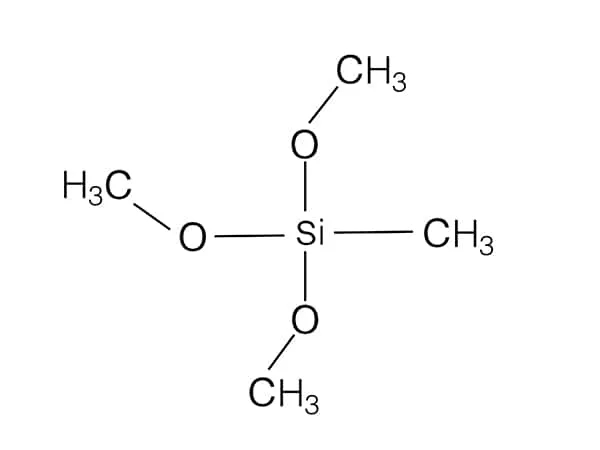Silane coupling agents serve as molecular bridges between incompatible materials through their unique bifunctional structure. The hydrolyzable alkoxy groups (-OR) form covalent bonds with inorganic substrates (glass, metals, minerals) via hydrolysis and condensation reactions, while organofunctional groups (amino, epoxy, vinyl) chemically interact with organic polymers. This dual reactivity enables cross-boundary adhesion in composites, overcoming thermodynamic incompatibility at interfaces. Recent advances in tailored silanes (e.g., block copolymer-modified silanes) demonstrate 40-60% improved shear strength in glass fiber-reinforced plastics by optimizing interfacial stress transfer.
